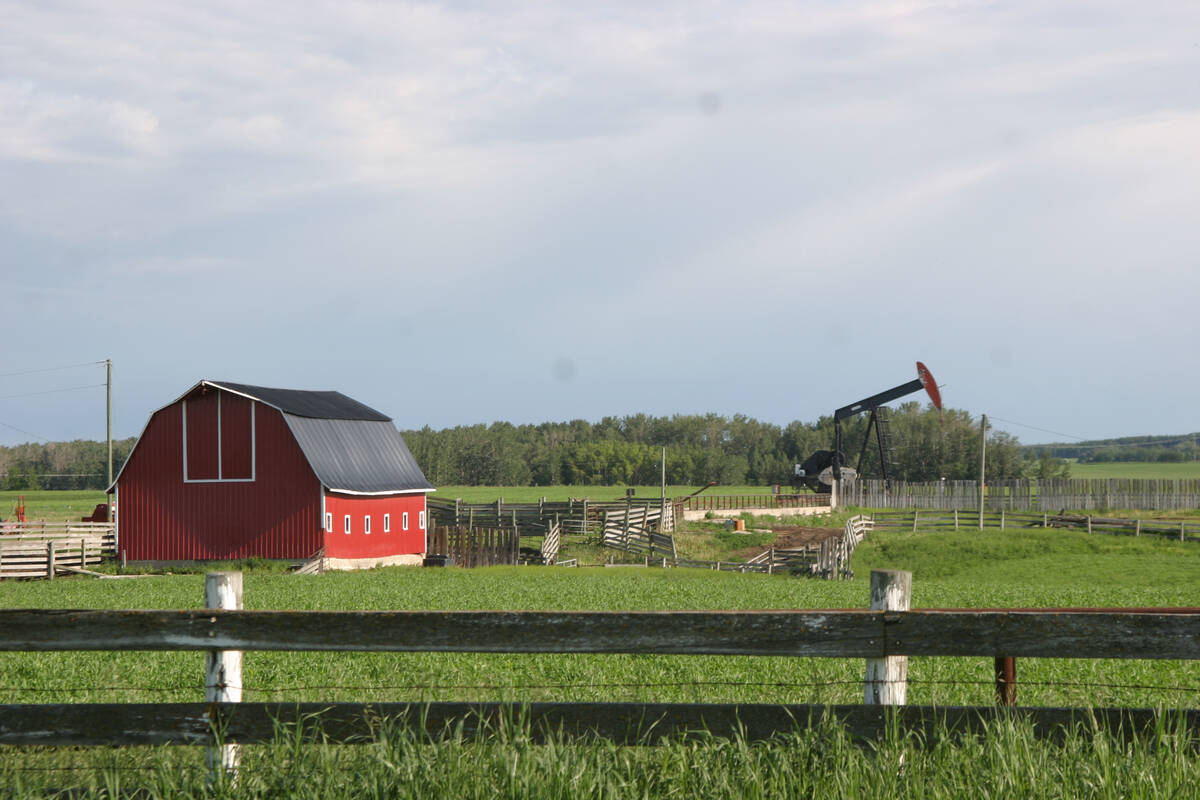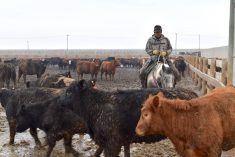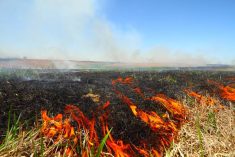Changes to farm safety regulations are expected soon — and that might not be a bad thing for Alberta farmers, says the president of the Alberta Federation of Agriculture.

“Workers’ compensation or private insurance really is a great risk management tool for farms nowadays,” said Lynn Jacobson. “That protection against litigation is one of the big selling factors for workers’ compensation.”
Oneil Carlier, the new NDP agriculture minister, has vowed to extend workplace safety regulations to farm workers who aren’t currently covered by workers’ compensation or Occupational Health and Safety regulations.
Today, only around seven per cent of Alberta farm employers voluntarily carry workers’ compensation for their operations. But offering that protection — both for employers and employees — is one of the realities of farming today, said Jacobson, who farms near Enchant.
“There’s getting to be more and more hired help on the farm and we’re employing more people,” he said. “It gives protection from litigation and other advantages, and if you don’t have it, there can be some serious consequences.”
Read Also

Recommendations in the mature assets strategy could cause potential problems for landholders
The Western Stock Growers’ Association urges producers to pay attention to the potential changes to Alberta’s Mature Assets Strategy.
- More on the Alberta Farmer: The devil is in the detail when it comes to workplace rules
And farm workers today “aren’t just interested in a paycheque,” he said.
“They’re starting to realize, ‘If I get hurt on this job, where’s the protection for my family?’ When it comes down to it, a farm that has some type of protection for those people is going to have a lot easier time hiring people.”
Cost and paperwork
There are “some misconceptions” about workers’ compensation that have made Alberta farmers reluctant to offer coverage to their workers, said Jacobson.
“Some people don’t like that administrative role and the paperwork that is associated with the program at this point in time,” he said.
But the workload isn’t much more than paying employment insurance premiums, said Bob Barnetson, a labour relations researcher at Athabasca University.

“You sign up for workers’ compensation, you report your payroll to the Workers’ Compensation Board, and they assess your premiums,” he said.
Cost is another common complaint among farmers, he added, but it is also manageable.
“Right now for an agricultural operator to take out coverage, they would be looking at paying about $2.75 per $100 of payroll,” said Barnetson, adding that provides full liability insurance for the employer.
“Farm operators in other provinces seem to still be able to make a go of it having to provide their workers with insurance coverage. I don’t imagine it would be a catastrophic financial hit to Alberta producers.
“I find it strange that more producers don’t take advantage of the very inexpensive liability shield provided by workers’ compensation.”
The barrier may be more philosophical than practical, he said.
“There seems to be a strong ‘get off my land’ streak to Alberta producers who are resistant to the regulation of employment,” said Barnetson.
“Much of this seems to be an ideological rejection of the government’s right to regulate employment.”
Manitoba’s experience
That was the “biggest challenge” when Manitoba rolled out mandatory workers’ compensation coverage for farms in 2009.
“Farmers had to accept that they had to comply with these new regulations,” said Doug Chorney, past president of Keystone Agricultural Producers, the province’s main farm group.
“Farmers were basically doing whatever they wanted, and you know how independent minded entrepreneurial farmers are. They like that freedom.”
Before Manitoba changed its regulations, there were no employment standards for agricultural operations, he said.
“We were really operating in the hinterlands in terms of modern safety practices for employer/employee relationships,” said Chorney, who grows grain and vegetables near East Selkirk.
“It was a steep learning curve, but we’ve come a long way.”
Education and a “patient” government in the early stages of the process helped.
“They took a soft enforcement approach — everyone was subject to the regulations, but they weren’t really enforcing it for every farmer they found that was out of compliance,” said Chorney. “They worked very closely with our farm organizations, and I think that was, in hindsight, a good idea because it gave farmers an opportunity to learn.”
Compliance is now expected in all cases and while that’s generally happening, there’s still some cases where “producers have learning to do.”
“There’s always a challenge in helping producers come into compliance. Are we perfect at this point? I would guess we’re not. It takes time,” said Chorney.
“Preventable incidents do still happen on farms, and fatalities happen. We’re still learning.”
Workers’ compensation coverage hasn’t been “the be all and end all” for improving farm safety in Manitoba, but “it has increased awareness” among farmers, he added.
“We still have our issues, don’t get me wrong. Safety on farms is a challenge that’s ongoing,” he said. “But I think we’re moving forward in the right direction in terms of changing attitudes among employers and workers.”
















